Welcome again lovely readers, welcome back to the Dostoevsky-BTS blog!
Have you ever wondered how Dostoyevsky felt about women?
I admit that since the first time I read Dostoyevsky, which was Notes from Underground, I had the impression that he viewed women rather as equals. The question is, why did I feel this way? Perhaps because, Dostoyevsky being one of my favorite writers, it was what I hoped was true. However, unless Dostoyevsky were to tell us directly his stance on women we cannot draw any conclusive judgement on his perspective. We can, based on his comments, novels and behavior toward women, only speculate.
Dostoevsky’s romantic interactions were tumultuous. His first marriage to a woman named Maria Isaeva which took place in Odigitrievsky church of Kuznetsk on February 6, 1857, was dramatic and decidedly troubled. Dostoyevsky is reported to have been very kind to Maria and even took responsibility for her son from a previous marriage. In one of his letters to her on June 4, 1855 one can see the intense devotion he had toward her:
“The mere fact that a woman should treat me in so friendly a way was a great event in my life. For even the best man is often, if I may say so, a block. Woman’s heart, woman’s compassion, woman’s sympathy, the endless kindness of which we have no clear perception, and which, in our obtuseness, we often do not even notice—these are irreplaceable.”
In this letter we see great respect and admiration leading it’s reader to see Dostoevsky as a man who greatly valued those of the opposite gender.
He later conducted an affair with another woman named Appolinaria Suslova, a young woman with whom he was intensely besotted. Though he was greatly enamored of her, his gambling combined with her flirtations with another man ultimately led to the demise of their relationship. “Suslova’s impact on Dostoevsky can be felt through all of his novels. We can glimpse her traits in the sacrificial Dunya (Crime and Punishment – 1866), the desperate and passionate Nastassya Filippovna (The Idiot – 1869), the proud and nervous Liza (Demons – 1872). What is more, Polina, the protagonist in The Gambler, was undoubtedly based on Suslova”(Drey). His last marriage was to a woman named Anna Snitkina, the Stenographer of his novel The Gambler, a woman highly gifted in academia and reported to have been intensely devoted to him even after his death.
Around the time in which Dostoyevsky was writing women themselves had little to no impact on the literary world. “The only genre of writing to which women made any significant contributions was the private letter (as had been the case in pre-Petrine times too)” (Barker, Gheith). However, “Eighteenth and nineteenth century Russian literature did yield some marvelous memories, diaries, and autobiographies penned by women, notably those of Ekaterina Dashkova, Nadezhda Sokhanskaia and Nadezhda Durova; one good poet Aleksandra Pavlova; a handful of fiction writers briefly in vogue in their day like Elena gan, Evgenia Tur, Elena Zhukova”(Gray).“And compared with Great Britian, America or France, where pilar women’s novels, however wretched the quality and transient their vogue, profoundly affected their nations cultures, Russian women’s prose has had very little impact”(Gray). Though this shouldn’t be surprising it is still an element of Dostoyevsky’s literature.
The political environment of 19th century Russia made their position distinct from women in the west. Despite various challenges women did have the ability to work and earn a living independently. Married women however were still burdened by their husbands “rule.” Russian women fought against these limitations and appealed to the Tsar for freedom from their husbands who predictably favored their husbands. Violence against women by male family members could be shocking and overlooked. During Dostoyevsky’s time however, the situation of women’s rights somewhat took a turn toward improvement no matter how slight. (Mulhallen counterfire.org)
Nietzsche a well known misogynist of the time said that feminism was: “the uglification of Europe” and that “Woman wants to be independent: and to that end she is beginning to enlightend men about ‘woman as such’-this is one of the worst developments in the general uglification of Europe” (Oliver, Pearsall).
Unlike Tolstoy or Pushkin, “The standard view of Dostoevsky’s presentation of women was that either he was a misogynist (the view of feminist critic Barbara Heldt and others) or that he was merely not very interested in women, a view perhaps first represented by the Russian thinker of the early twentieth century, Nikolay Berdyaev, but expressed by others since” (mellenpress.com).
This statement comes from the memoirs of Prince Vladimir Meshchersky (St. Petersburg, 1898):
“At the parties I gave, Dostoevsky showed himself to be a charming person. He told his stories, and he displayed his wit and humor, as well as his unusual and original way of thinking. As a new person entered the room, however, Dostoevsky became silent for a moment and looked like a snail retreating into its shell, or like a silent and evil-looking pagan idol. And this lasted until the newcomer produced a good impression on him…. If the stranger engaged Dostoevsky in conversation, one generally heard him make some rude remark, or saw a sour look on his face.
Dostoevsky was opposed to the so-called “Women’s Question.” At that time, this movement took the form of eccentric behavior and attire on the part of some women, such as very short haircuts, dark blue spectacles and other fads. Among other things, these ladies did not notice that Dostoevsky disliked them, and they revered him as their teacher.
Several times, I was present at such meetings. A contemporary woman entered the room. She failed to notice the forbidding expression on Dostoevsky’s face. She did not hear his cold tone of voice or his formal question, “What do you want?” This lady, filled with her own motives, began to tell her story, with animated and shining eyes and flushed cheeks.
Dostoevsky listened to her attentively. His expression became very nervous, and I saw that every feature of his face had become very tense, as if he had a volcano burning within. I sensed that he was restraining himself. As soon as this woman finished her discourse on the Women’s Question, she waited for a word of support from Dostoevsky. At this point, the resolute enemy of the Women’s Question put to her his own question. “Have you finished?” “Yes, I have finished,” replied the lady with the short haircut.
So, listen to me. My speech will be much shorter than yours. I want to tell you this: all that you told me now was very stupid and banal. Do you understand me? It was stupid. It would be better to dispense with you, in this matter, but your family, your children and your kitchen cannot survive without a woman … a woman has only one main purpose in life: to be a wife and a mother … there is no, there was no, and there will not be any other ‘social purpose’ of a woman. This is all stupidity, senseless talk, and gibberish. All that you have told me here is nonsense, do you hear me? It was nonsense, and I am not going to say anything else to you.”
However, in his defense, as demonstrated in his letter above, his treatment of women in his real life was that of extreme devotion, love and respect making it difficult to ascertain the true nature of Dostoyevsky’s perspective regarding women. Furthermore I believe we can trust Dostoyevsky’s own writing more than the testimony of a third party.
Not everyone agrees that Dostoyevsky utilized the gender stereotype of women in his literature. Genier comments on “Dostoevsky’s independence from the “traditional” gender stereotypes…” (Grenier). Even Dostoyevsky himself spent time with Russian female writers. “Dostoevsky’s affair with Apollanaria Suslova, his relationship with Martha Brown, and his friendship with women writers such as Anna Korvin-Krukovskaia immersed him in contemporary women’s issues, including access to education and lack of economic opportunities” (Blake). One might assume that his desire to associate with female writers of the time shows a respect and admiration for them that may not be apparent in his comments or writing. Perhaps his appreciation for the female intellect is better viewed through his actions.
Women in Dostoyevsky’s novels are often portrayed similar to that of traditional biblical concepts of women. “Russian women of the nineteenth century are often thought of in their literary incarnations as the heroines of novels such as Anna Karenina and War and Peace.” (openbookpublishers.com) With the lack of the female voice in the literary sphere during Dostoyevsky’s time, women and who they were and their effect on society were mostly seen through a male construct. Unlike the lush descriptions of aristocratic women in Tolstoy’s works such as Anna Karenina and War and Peace, Dostoevsky depicts the image of an impoverished woman in his novels, the often mistreated woman desperately trying to survive in an aggressively male dominated 19th c Russia.
|
|
In the Brothers Karamazov we see another woman Grushenka who is a prominent character in the novel depicted as a harlot and is called profane names by Dmitri and despite Alyosha’s kind words toward her she even describes herself as wicked. Dmitri is neither kind to his former fiancée nor toward Grushenka, lending the novel a tone of disrespect toward female characters. Katerina however, a woman of beauty so great she can cause the downfall of men around her treats Dmitri with kindness portraying women as being kind despite the burden of male mistreatment.
In Crime and Punishment “Sonya’s silence treatment is part of a greater tendency to portray women characters through they eyes of their male counterparts” (Blake). “Before Sonya ever utters a word, her father, Raskolnikov, and Luzhin present competing identities for her ranging from a model of Christian self –sacrifice to a common prositute”… “Indeed, she herself has no chance to define her own moral dilemma before her father, Raskolnikov, and Luzhin each take turns shaping their own images of her in order to fit into their own stories” (Blake). The image of the female as a sacrificial figure is repeatedly offered. Women who are willing to give up their own physical and emotional well being for the benefit of those they care about, “Sonya isolates her family members from the disgrace of prostitution by living independently of them” (Blake). This is reminiscent of the traditional female character seen in religion. There is little deviance from such a portrayal except for Dunya who shows feistiness not apparent in the others and is brutally destroyed and depicted as evil.
However, one can also see Sonya as figure radiating necessary hope and kindness in the novel, portraying women as heavenly beings despite their methods of survival in society. She represents the image of the female sacrificing her own well being for that of others, “the compelling need to act in a spirit of self-sacrifice to alleviate the sufferings of her consumptive step mother Katerina Ivanova and her destitute step-siblings” (Blake). Though this can potentially be viewed as a failing it can also be seen as moral superiority in it’s inherent selflessness.
Although one might conclude that Dostoyevsky did not hold a favorable view point of women based on some of his comments and representations of women in his novels, his treatment of women in his real life, the devotion and kindness he showed toward them provide some contradiction to this perspective. Furthermore, though one can see characters such as Sonya portrayed negatively, her angelic presence in Crime and Punishment speak more to the admiration of women rather than the reverse.
Dostoyevsky’s mysterious perspective on women is part of his infinite intrigue and part of why we will never stop reading his work. Explore the incredible award winning Dostoyevsky based films at VM Productions by visionary director and producer Vitaly Sumin!
Follow us through our social media on Twitter, Facebook, Google+, Pinterest, Tumblr, Instagram and Goodread
 We hope to see you back here soon!-
We hope to see you back here soon!-
References:
Oliver, Kelly A. and Marilyn Pearsall. Feminist Interpretations of Friedrich Nietzshe. The Pensylvania State University Press, 1998.
Blake, Elizabeth. Sonya Silent No More: A Response to the Woman Question In “Crime and Punishment”.The Slavic and East European Journal Vol. 50, No. 2, 2006.
Barker, Adele Marie and Jehanne M.Geith. A History of Women’s Writing in Russia. Cambridge University Press, 2004.
Drey, Victoria. Dostovesky: Turbulent in love as well as life. Russia Beyond the Headlines July 29, 2015.
openbookpublishers.com
Gray, Francine Du Plessix. Michigan quarterly Review 700.
Mulhallen counterfire.org
http://mellenpress.com/book/How-Dostoevsky-Portrays-Women-In-His-Novels-A-Feminist-Analysis/7917/

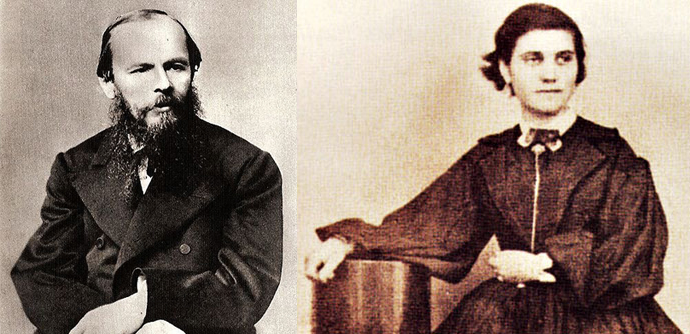

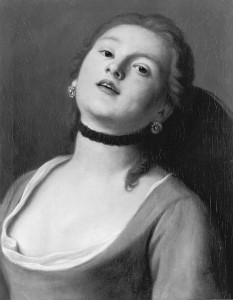
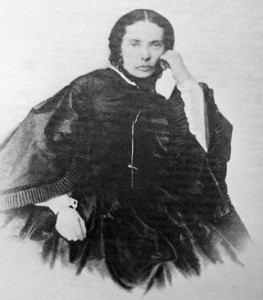
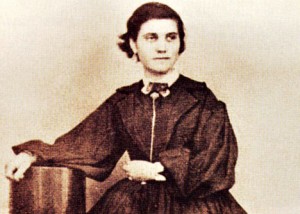
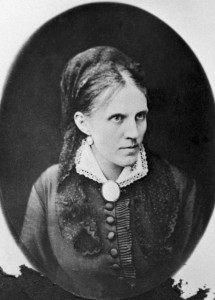
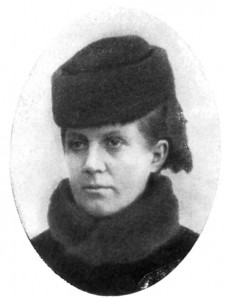
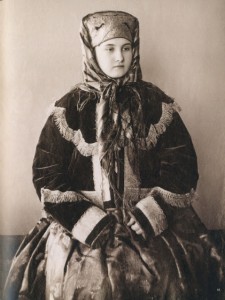
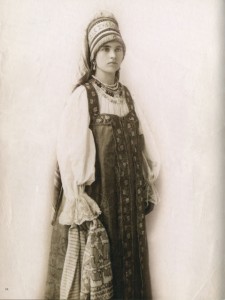

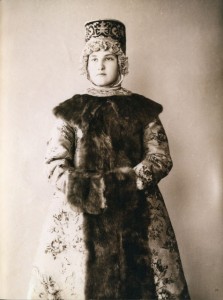
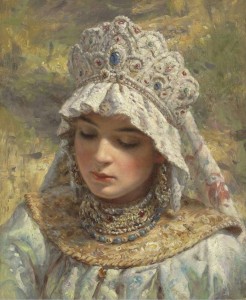
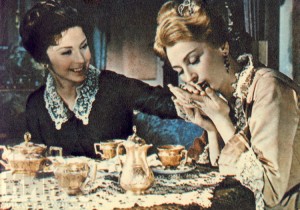
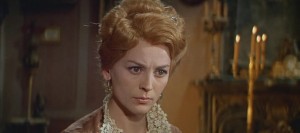

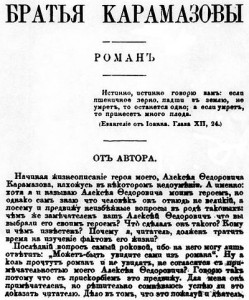
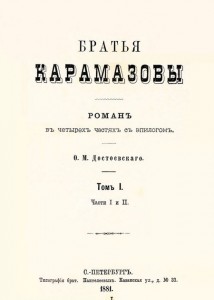
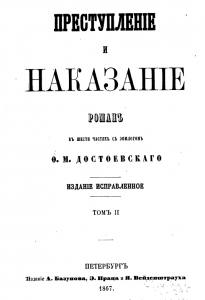
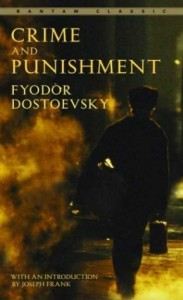
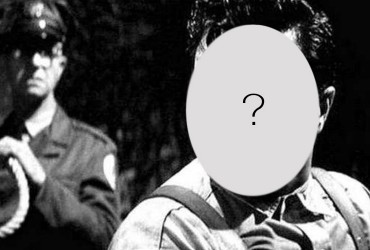
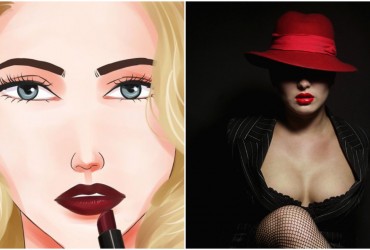



What an amazing website! I’m so delighted to have stumbled upon your writing as I delve further into Dostoyevsky, thank you!
Thank you!